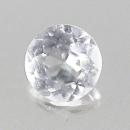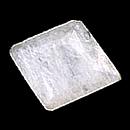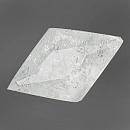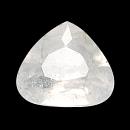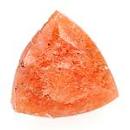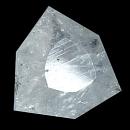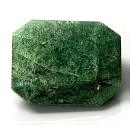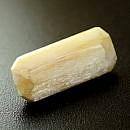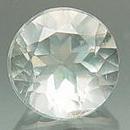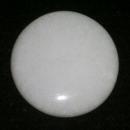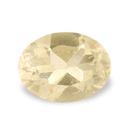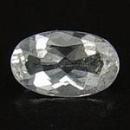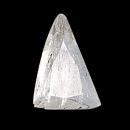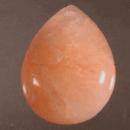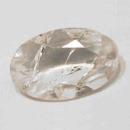|
|
|
|
|
|
| |
|
|
|
|
The
name Zeolite was introduced in 1758 by Swedish chemist
and mineralogist Axel
Fredrik Cronstedt (1722-1765) from the Greek words ζέω (zeó) meaning to
boil, and λίθος (lithos) meaning stone.
Cronstedt observed that a sample
of Stilbite emitted steam when heated. Most Zeolites
are hydrous minerals, meaning they contain water, therefore
may emit steam when heated. Cronstedt discovered Nickel
and Scheelite in 1751. The
mineral Cronstedtite was named in his honor in 1821
by Professor J. Steinmann. Cronstedt's mineralogical books revolutionized mineralogy at
the time and he is sometimes regarded as the father of modern mineralogy.
|
|
|
||||||||||
|
|
|
|
|
|
|
||||
| Analcime |
|
Barrerite |
|
Chabazite |
|
Epistilbite | ||||
|
|
|
|
|
|
|
|
||||
|
|
|
|
|
|
|
||||
| Gmelinite-Na |
|
Goosecreekite |
|
Heulandite |
|
Laumontite | ||||
|
|
|
|
|
|
|
|
||||
|
|
|
|
|
|
|
||||
| Leucite |
|
Mordenite |
|
Natrolite |
|
Pollucite | ||||
|
|
|
|
|
|
|
|
||||
|
|
|
|
|
|
|
||||
| Scolecite |
|
Stellerite |
|
Stilbite |
|
Thomsonite | ||||
|
|
|
|
|
|
|
|
||||
|
|
|
|
|
|
|
||||
| Yugawaralite |
|
|
|
|
|
|
||||
|
|
|
|
|
|
|
|
||||
